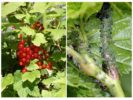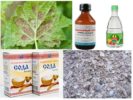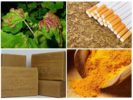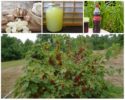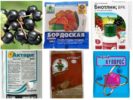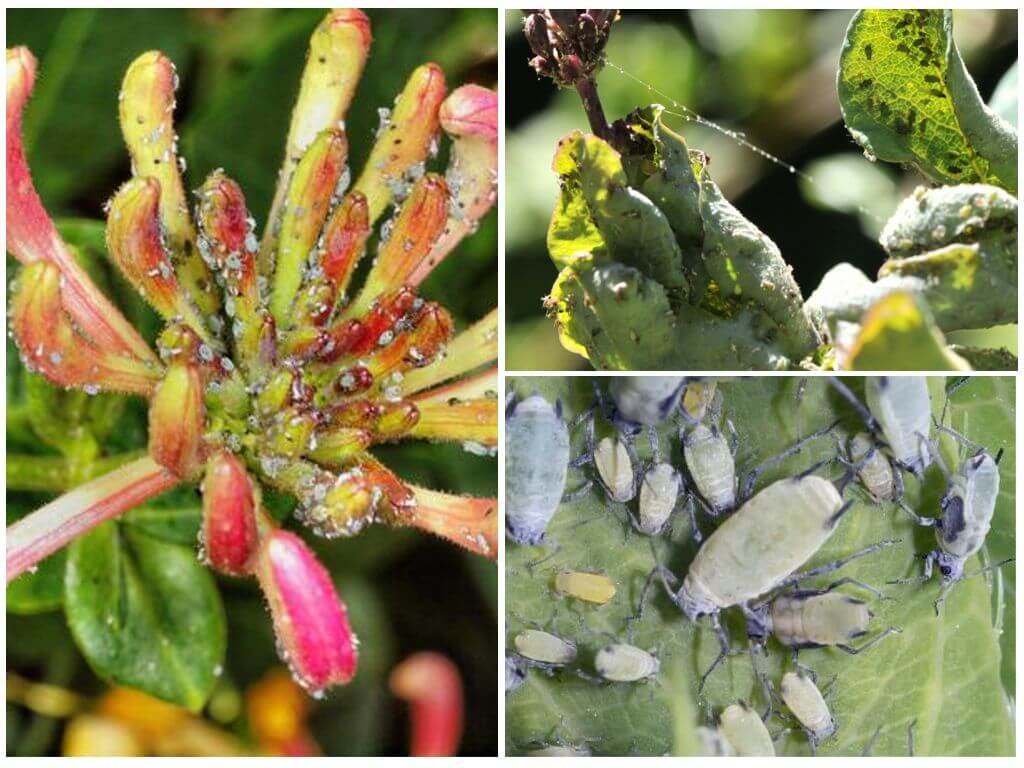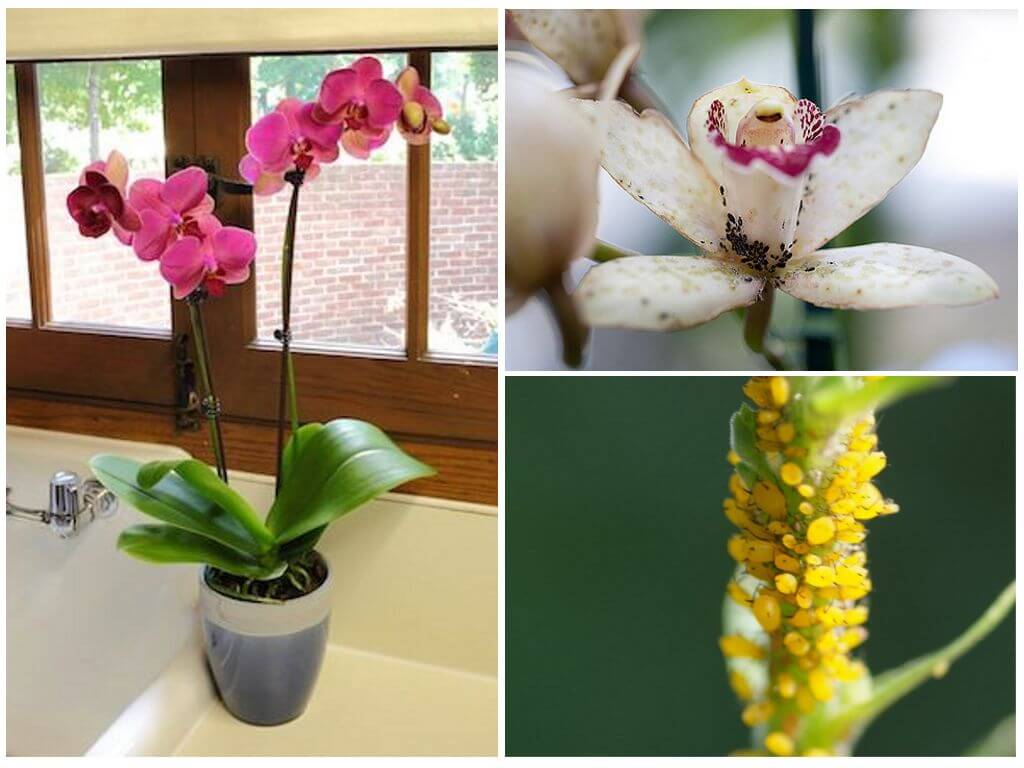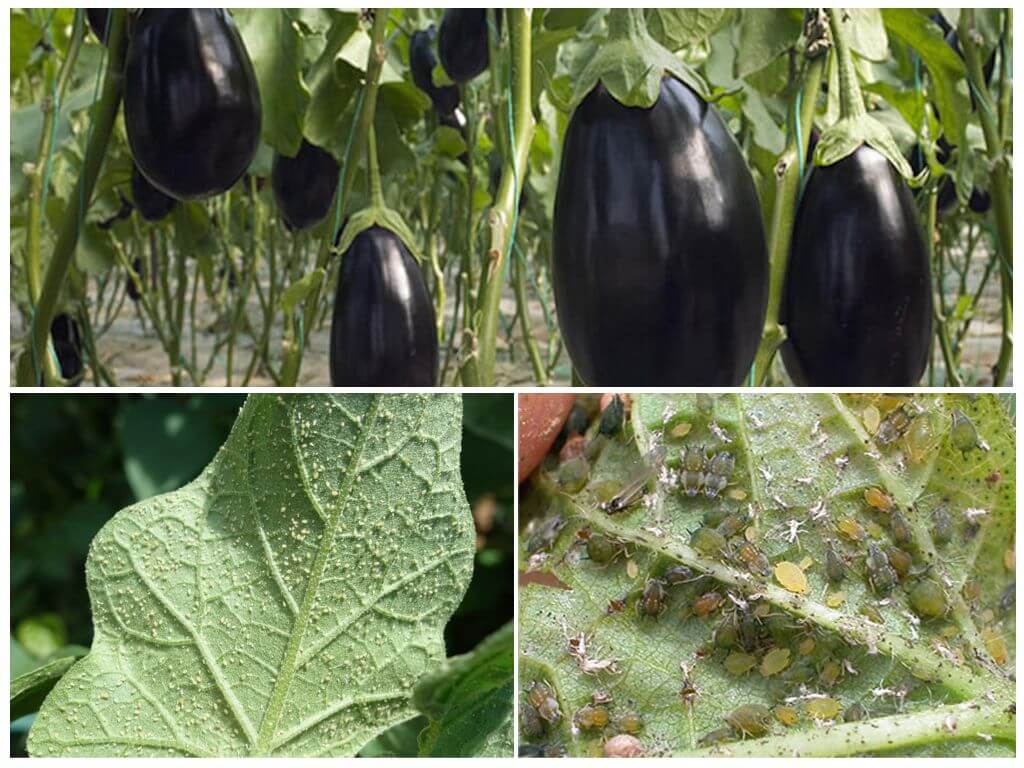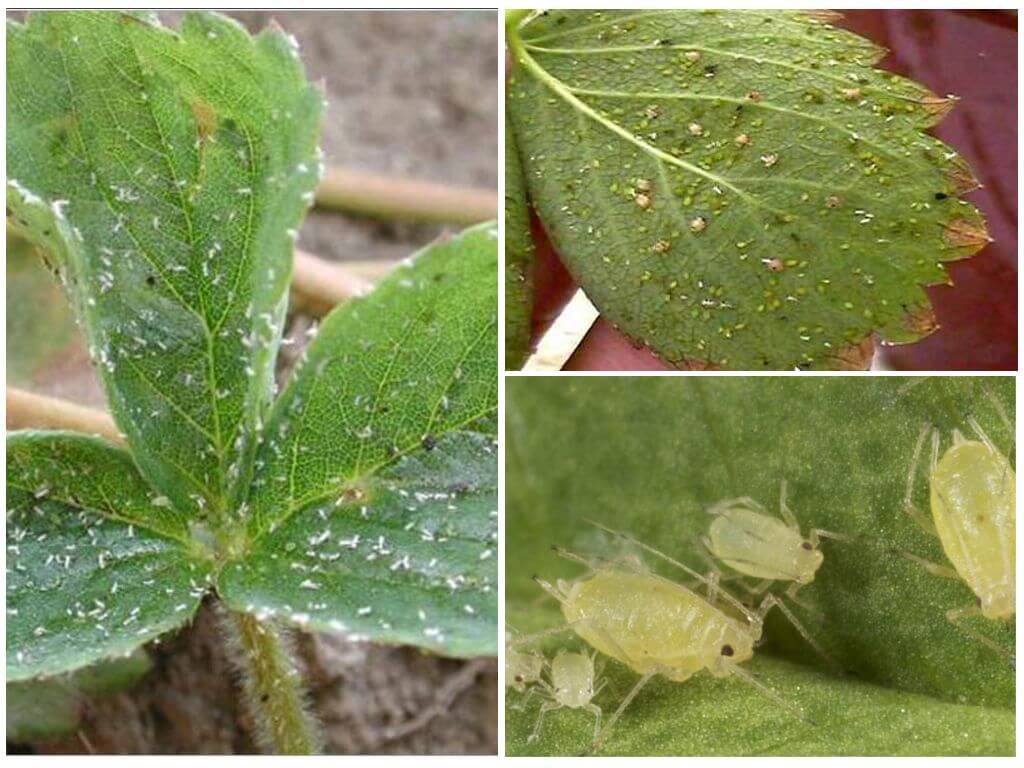- Currant aphids
- Homemade Aphid Recipes
- Killing aphids at home
- Folk recipes from aphids
- Manganese celandine and vodka against aphids
- Aphid pesticides
Currant is one of the most common cultures of our area. The berry is extremely healthy, can be easily preserved. The biggest problem that arises in the process of growing a plant annoys gardeners - aphids on currants. A small insect forms entire colonies, damages the bush, spoils inflorescences, reduces productivity. How to deal with aphids on currants is an important issue for summer residents.
Folk remedies
You can get rid of aphids on the currant with safe drugs that are easily prepared on their own. The necessary ingredients are available in the household, grow in the garden, in the vegetable garden or are sold at the grocery store.
Folk remedy suitable for a situation when gardeners rack their brains than to treat currants from aphids if there are already berries. The drug should be as effective and safe as possible. Use chemistry from aphidswhen berries have already appeared it is impossible.
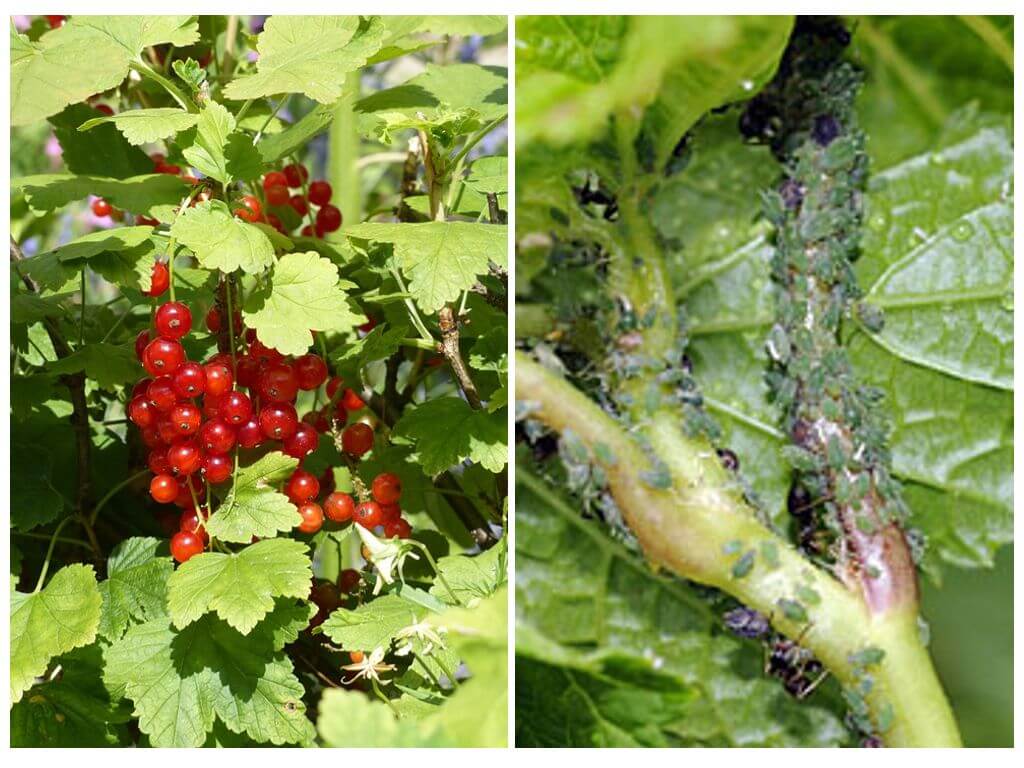
Ammonia
Aphid ammonia helps to get rid of pests, saturates the plant with nitrogen, accelerates growth, the formation of fruits, helps to cope with damage to the bush.
For 10 liters of water, you need 50 ml of ammonia alcohol. Before use, add a pinch of washing powder or 100 g of laundry soap. Processing currants is carried out using a watering can with a wide tip.
Important!
Ammonia from aphids is used on the bush 1 time. Reprocessing is allowed 2 weeks after the previous one. Otherwise, the currant bush will suffer from an excess of nitrogen. Leaves will begin to turn yellow, curl. Ammonia from aphids is valid for 3 days.
Soda
During fruiting, it is necessary to use the most safe means. Soda from aphids - one of them. Use food, calcined.
With the same tool, you can treat the bush during flowering. Baking soda saturates the plant with calcium, promotes the formation of fruits, destroys pathogens, and prevents disease.
In 1 liter of water, 10 tbsp. tablespoons of baking soda, or 2 tbsp. tablespoons of calcined. Add 100 g of laundry soap, 9 l of cold water. Spray currants from aphids with soda solution can be from a garden spray bottle with a spray, paying particular attention to the lower part of the leaves on the bush.
Important!
To consolidate the effect, repeat the procedure after 3 days. If before that, soda ash was used, it is better to use food grade for the second time.
Vinegar
You can sprinkle currants with all the known means that every housewife has in the kitchen. Aphid Vinegar Helps save currants at any time during the growing season. Calmly used on a bush with berries.
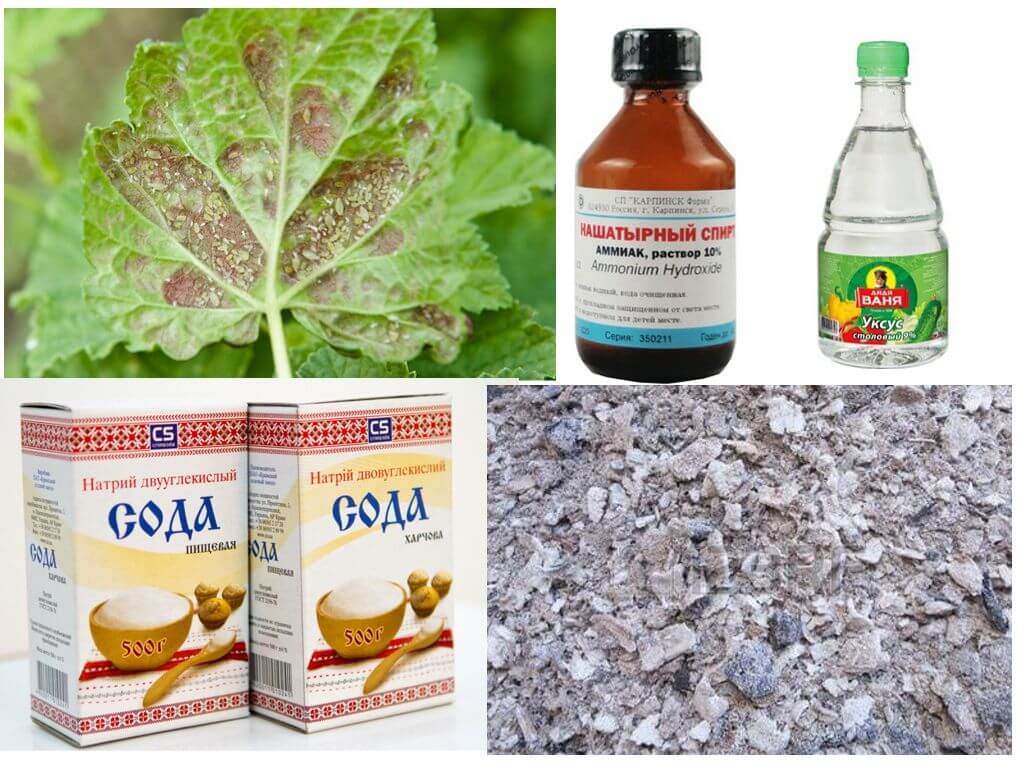
In 1 liter of cool water, dilute 200 ml of table vinegar. Add 9 liters of liquid and 100 g of soap. Prepare a solution immediately before use. Currant protection is valid for 1-2 weeks. Depends on weather conditions. Vinegar drives pests away with a sour taste, pungent odor.
Important!
An effective vinegar aphid remedy requires accurate dosage.An increased dose of acid leads to yellowing, death of the leaves.
Ash
Processing spring currants from pests allows you to get a good harvest, to avoid the attack of insects. Ash - One of the most common tools among gardeners of many generations.
On a note!
The solution should be sprinkled with currants, sprinkled with pure ash under a bush. In this way, it is possible to breed aphids, which for years have not haunted the bushes.
Ashes are scattered in April-May, digging up the earth, watered with hot water. The substance penetrates the plant sap, giving it a bitter aftertaste. The product does not affect the quality, taste of berries, the development of the bush.
In June it is recommended to fight aphids with ash solution. For 10 l of water, 200 g of the active ingredient will be required. Insist a day. Boil over low heat for half an hour, add 200 g of laundry soap. You can destroy aphids in a few treatments.
Tobacco
One of the easiest ways to protect against aphids on red currants, black and raspberries is to plant in the immediate vicinity. tobacco. The plant does not require special care, but it perfectly repels pests. In other cases, tobacco dust from aphids helps well.
It is used in several options.
- One of the simplest is to grind dry tobacco into dust, sprinkle currants with soapy water, and sprinkle tobacco powder over the bushes.
- The second option is to prepare a solution. Insist 3 days 10 l of water, into which 200 g of dried tobacco is placed. Cook for 3 hours on low heat. Add any soap.
It is recommended to spray plants after flowering, before the appearance of buds, during the ripening of berries.
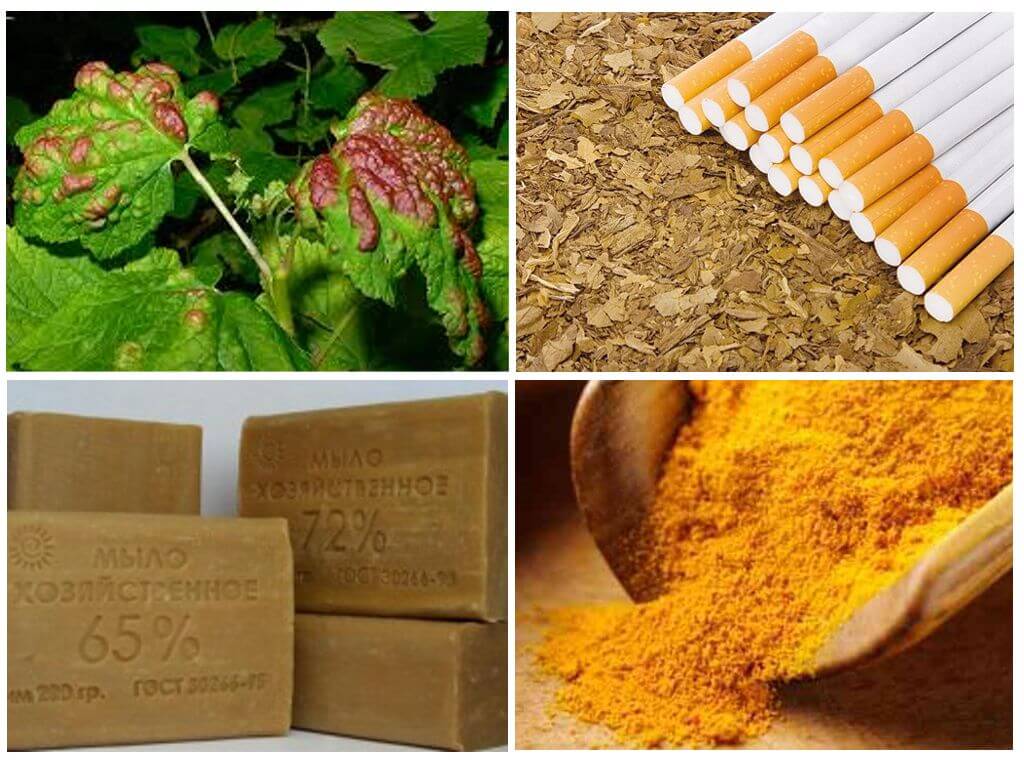
Soap
Any folk remedy provides for the addition of soap before use. This ingredient allows the active components to stay longer on the surface of the leaves, creates a film, which makes it difficult to feed small aphids, glues insects together, restricting movement.
On a note!
Aphid soap solution is also used as an independent remedy. Preference should be given to natural products, despite the fact that Fairy, Gala and other dishwashing detergents, washing powder show high results.
Laundry soap for aphids It is used in liquid form, whetstones. In the latter case, you must first rub it on a coarse grater. To protect the bush by force of a solution containing 300 g of soap in 10 liters of water. Spraying is carried out several times with a break of 3-5 days.
Tar soap from aphids not only saves from insects, but also prevents diseases, eliminates the waste products of pests, and helps to recover faster. Birch tar is able to heal. 10 g of water requires 100 g of tar soap.
Mustard
Folk methods of struggle can not do without spices, spices with a sharp persistent smell.
- Mustard from aphids used as a solution. 10 l of dry powder is required per 10 l of water, soap is added at the end of preparation.
- If the aphid has attacked, you can use red pepper. In 10 l of liquid 200 g of spices. Insist a day. Boil for 3 hours, add soap.
- Cinnamon will help remove aphids. It can be thrown into the bucket in unlimited quantities.
Folk methods of combating the use of spices allow their combination. If you pour currants with a solution, which contains red, black pepper, cinnamon, mustard, you can forget about the presence of aphids in the next month.
Garlic
The fight against aphids on currants with folk remedies is not complete without fragrant garlic. If aphid has appeared, it is necessary to treat the bush with garlic tincture.
Grind the vegetable to fill a glass. Pour 1 liter of cold water, leave to infuse for three days. Boil for an hour, add soap. Spray currants several times.
Aphid Garlic scattered near the bushes, tied to twigs, rub the stems. For these purposes, it is better to use garlic arrows.They last longer to smell on the land.
On a note!
So that aphid does not start on the currant bushes, it is necessary to plant garlic, parsley, onion, and calendula next to it. Plants protect the bush in early spring, summer, even autumn.
The onion husk acts in a similar way. It is recommended to use at the beginning of berry ripening. Throw the husk into the water, boil for half an hour. Insist from 1 day to 7. Spray currants from a spray bottle and a spray bottle.
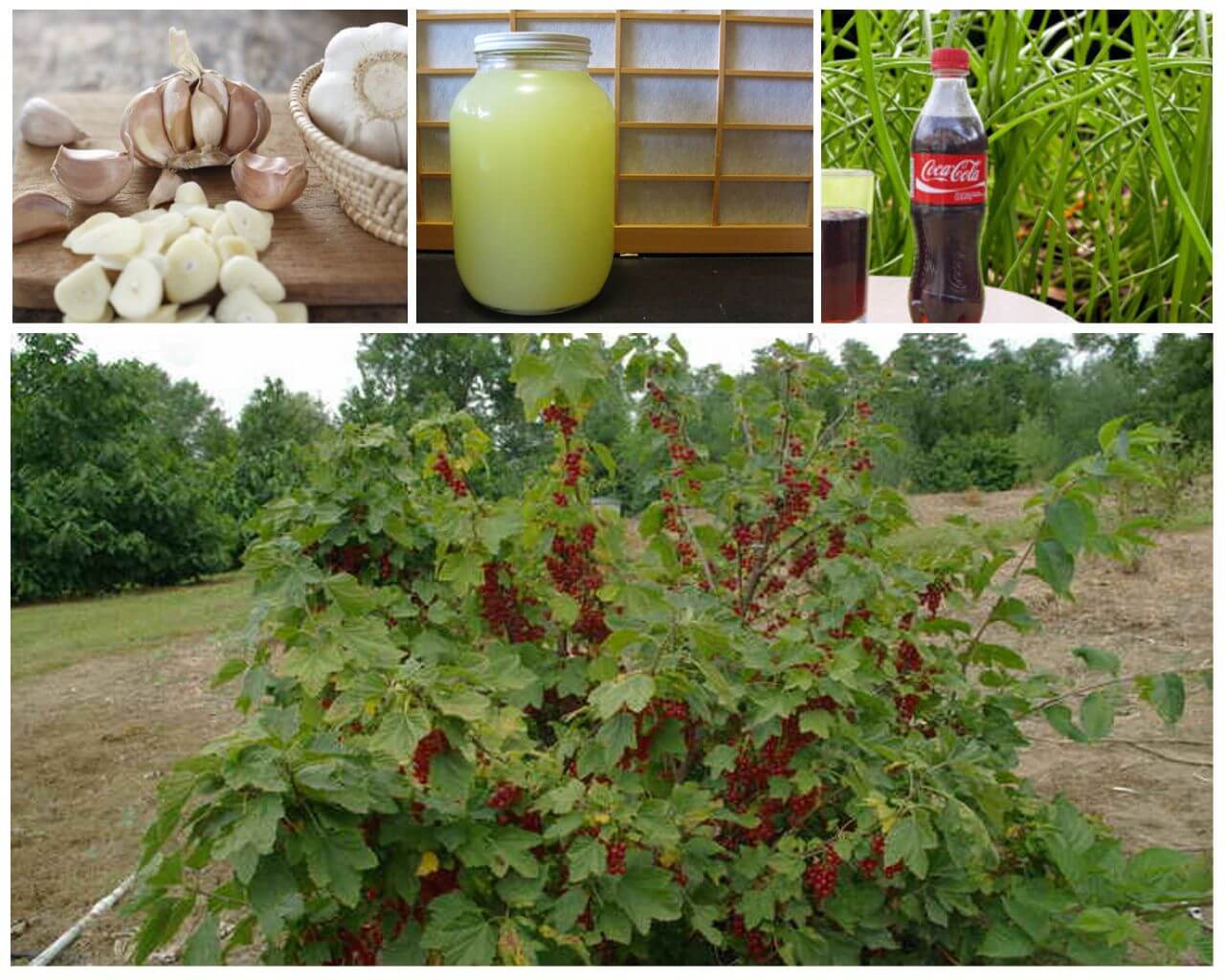
Serum
Whey is used without prior preparation. You don’t need to do anything, just pour the product into the spray bottle. Aphid scares off a sour taste and smell. Repeat the procedure after 3 days several times during an active pest control, 1 time per week for prevention all summer.
Coca Cola
The folk remedy of the new generation is Coca-Cola from aphids. It acts on pests due to soda, flavors, flavors. Processing in May is especially effective. It is necessary to buy a drink, process currants. Repeat after 5 days. For prevention use every month.
Vodka
Fantasies cannot be taken away from gardeners. Vodka used as an effective remedy for aphids. They do not breed in water, use as is. Some experts advise adding soap. Leaf aphid is afraid of means, if you carefully process the leaves from the back. It does not tolerate shoot aphids if watering branches, stems from a watering can.
Potassium permanganate
A disinfectant helps defeat aphids on currant leaves. It is necessary to prepare a weak solution of potassium permanganate. The drug is diluted in 1 liter of water to a saturated pink color, then added to 10 liters of water, gradually, so as not to overdo it with the dosage. If this happens, the leaves of the currant dry, the inflorescences crumble, the berries fall, the bush is sick.
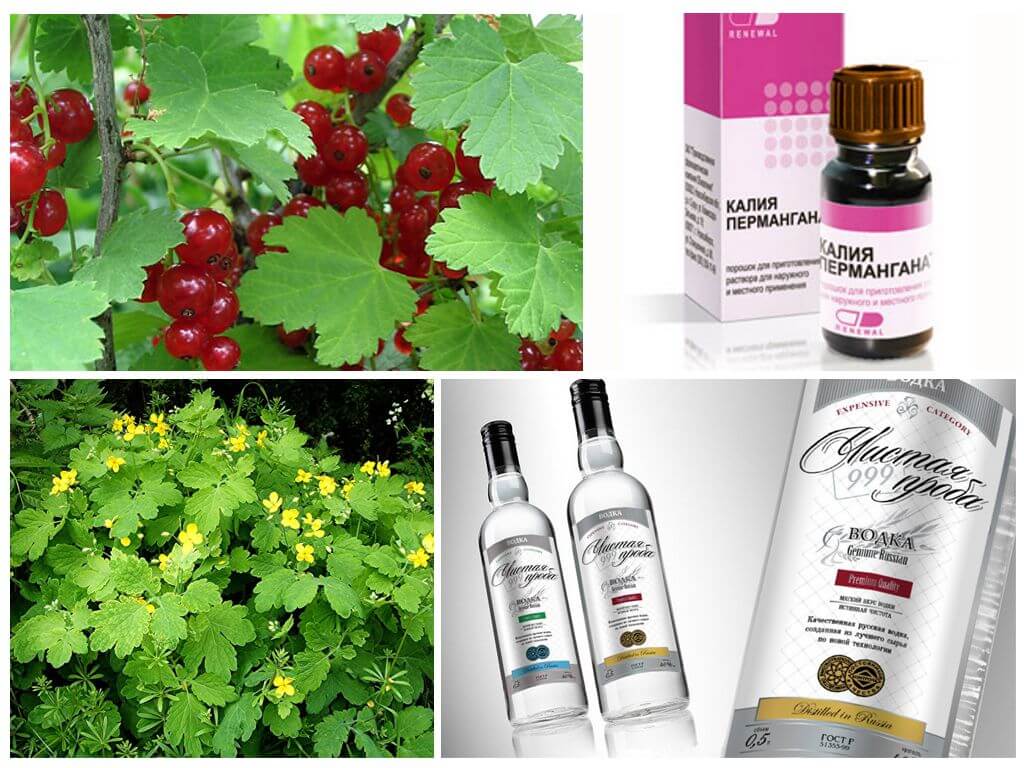
Celandine
From small garden pests, herbs are used - tansy, wormwood, thyme. Shows high efficiency celandine from aphids.
It is necessary to pick several plants as a whole. Work should be done with gloves. Grind, throw in a bucket, pour 10 liters of water, let it brew for a day. Strain the tincture, add 100 g of laundry soap. The currant is sprayed with a solution, deformed shoots, twigs are wet. Green aphids are especially afraid of such procedures.
Folk remedies allow you to get rid of aphids without chemistry. It is allowed to use at any time during the growing season.
Other folk remedies
Among other effective remedies:
Professional Tools
Fighting chemistry with aphids is much faster, but some nuances should be taken into account. Aphids on blackcurrants, red, can appear at any time during the growing season. Use insecticide-based aphids allowed only before flowering in early spring, or immediately after it. Since toxic properties last for 20 days or more.
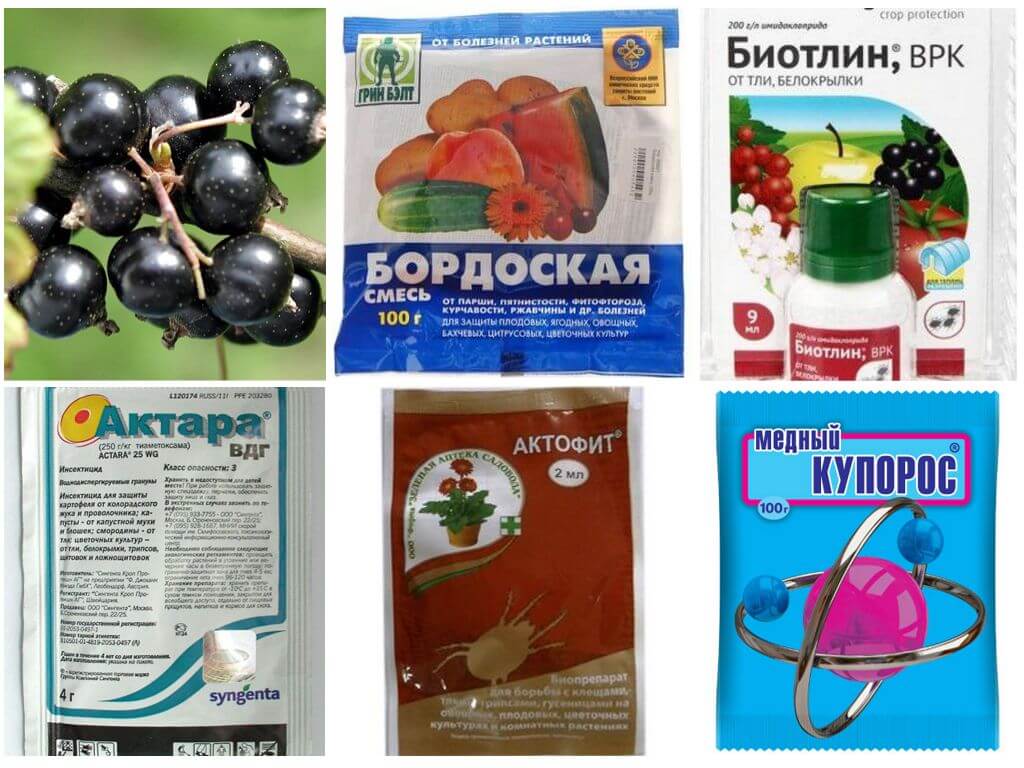
Biologics act a little slower. Active components are the vital products of bacteria, fungi, and other microorganisms. The poison is not harmful to humans, but it is not necessary to process currants 10 days before the harvest.
- Copper sulfate. The drug has a wide spectrum of action, protects horticultural crops from diseases, increases plant resistance, and effectively fights aphids. Spray the bush in early spring before budding. 50 g of copper sulphate is diluted in 1 liter of water, then topped up with another 4. For 1 bush of currant leaves 1000 ml of the prepared solution. The required amount of the drug is calculated from these ratios.
- Bordeaux fluid. It is used to prevent and get rid of many diseases. Early spring spraying is recommended before the first leaves appear with a 3% solution. Allowed combination with copper sulfate.
- Biotlin from aphids is an insecticidal preparation based on a strong toxic substance. The destruction of aphids occurs instantly. Active components affect the nervous system, cause paralysis, death. The result is noticeable 4 hours after spraying currants. The solution is prepared immediately before use. In 1 liter of water, dilute the ampoule of the drug, add 9 liters of liquid.
- Aktar's aphid remedy - an insecticidal drug with a wide spectrum of action. The concentration of the toxic component is small, but enough to quickly kill aphids. The result is noticeable the next day, retains properties for about 14 days, depending on weather conditions. Processing is carried out 1 time in the early spring.
- Aktophyte from aphids is a biological product. You can apply at any time during the growing season. The result is noticeable 3 days after complete processing of the bushes. The solution is prepared in a ratio of 8 ml of the drug per 1 liter of water. After 15 days, the treatment should be repeated.
Also effective Fitoverm, Spark, Tanrek.
Aphid causes irreparable damage to the currant bush - the tops of the leaves curl, the young shoots dry out, the inflorescences fall, the branches fall. Yields are reduced, the risk of many diseases is increased. It is necessary to respond to aphids in a timely manner, and even better in advance. In parallel should get rid of ants on the plotas these insects spread aphids throughout the garden.
